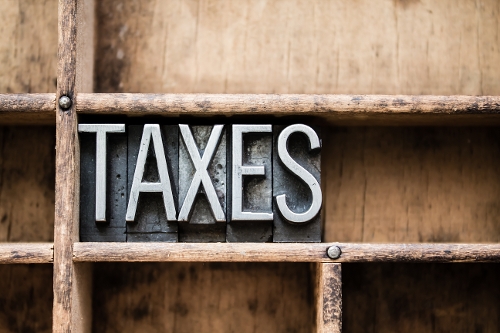
November 2, 2021
Tax laws come and go, but one thing that doesn’t change is the fact that year-end offers unique opportunities to save money on your business taxes.
Here are five year-end tax saving moves to consider for your business.
Tax Planning Move #1 - Time Your Income & Expenses Strategically
This is the classic year-end tax strategy for businesses that are cash-based. The idea is to push (or defer) income from the current year into the following year in order to lower this year’s taxable income, while accelerating expenses from next year into this year in order to boost deductions.
One of the best ways to defer income is to hold off on sending out December invoices until late in the month, or even wait until January to send them out, so you don’t receive payment until after the end of the year. Of course, you should first make sure this won’t impact your cash flow too drastically.
Keep in mind that if you receive a check in December, you’re considered to be in constructive receipt of the payment and must report the income on your current year’s taxes — even if you wait until January to deposit the check.
To accelerate deductions, recognize and record deductible expenses you’ll incur early next year and pay them before December 31. Examples include insurance, utilities, salaries, commissions, property taxes, advertising and interest expense. You can also deduct prepaid expense account items on this year’s return if they’re used before the end of the year, as well as buy business supplies you’ll need early next year before December 31.
Tax Planning Move #2 - Purchase New Business Equipment
If you’re planning to buy new equipment early next year, purchase and place it in service before the end of the year if you can. Section 179 of the Internal Revenue Code allows you to claim an immediate deduction for the current tax year (up to a certain limit) when you buy and place in service depreciable assets.
Examples of depreciable assets include not just manufacturing and industrial equipment, but also things like software, computers, telecommunications equipment and office furniture. This strategy will lower your tax liability for the current year, instead of forcing you to capitalize assets and depreciate them over a number of years.
Tax Planning Move #3 – Make Your Year-End Retirement Account Contributions
Money that you contribute to your employees’ 401(k) and profit-sharing accounts is deductible to your business, up to the annual contribution limits. You have until your tax-filing deadline (April 15 most years, not including extensions) to actually make the contributions, which gives you a few extra months if cash flow is tight at the end of the year.
Tax Planning Move #4 – Write Off Your Bad Debt
If there are outstanding accounts receivable that you don’t think you have a realistic chance of collecting, go ahead and write them off as a bad debt expense before the end of the year. You can still keep trying to collect the money — if you do, it will count as income during the year in which it is collected.
Tax Planning Move #5 – Look For Targeted Tax Breaks
There are a number of business tax breaks that are targeted to certain types of businesses and industries. One example is the research and development (R&D) credit. This tax credit, which was first established in 1981, is available to businesses that devote time and resources to creating new or innovative products, improving existing products, or developing processes, patents, prototypes or software.
Another example is the Work Opportunity Tax Credit (WOTC). This credit is available to businesses that hire members of certain targeted groups that have historically faced barriers to employment, including veterans, ex-felons and recipients of food stamps. Do some research to find other targeted tax breaks that might be available to businesses in your area or industry.
Every business tax situation is different, so be sure to speak with your Faw Casson advisor about whether these moves make sense for your business.
